Picture this: millions of years ago, a four-legged lizard crawled through dense prehistoric forests, completely unaware that its descendants would one day slither across the earth without any limbs at all. The transformation from ancient reptiles to modern snakes represents one of evolution’s most remarkable shape-shifting acts, a process so extraordinary that it challenges our understanding of how life adapts and survives.
The Mysterious Origins of Snake Evolution
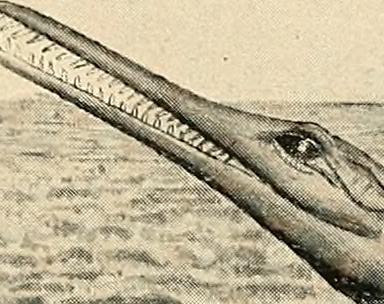
The story of snake evolution begins in the shadows of prehistoric time, where scientists have spent decades piecing together clues from fossilized remains and genetic evidence. What we’ve discovered is absolutely mind-blowing: snakes didn’t just appear out of nowhere, but evolved from lizard-like ancestors that lived approximately 150 million years ago during the Cretaceous period.
The earliest snake fossils reveal creatures that still possessed tiny hind limbs, providing undeniable proof that these ancient serpents once walked the earth on legs. These transitional species bridge the gap between modern snakes and their four-legged ancestors, showing us evolution in action like a prehistoric time-lapse video.
Ancient Reptilian Ancestors: The Foundation

Before snakes became the sleek, limbless predators we know today, their ancestors were typical reptiles with four functional legs and a completely different lifestyle. These early reptiles belonged to a group called squamates, which also includes modern lizards and amphisbaenians (worm lizards).
Genetic studies have revealed that snakes share a common ancestor with monitor lizards and iguanas, suggesting that the snake lineage branched off from these groups around 128 million years ago. This ancient split occurred during a time when the world was dramatically different, with higher sea levels and tropical climates extending much further north and south than they do today.
The transition wasn’t sudden – it was a gradual process that took millions of years, with each generation becoming slightly more adapted to a limbless existence.
The Great Limb Loss: Why Legs Disappeared
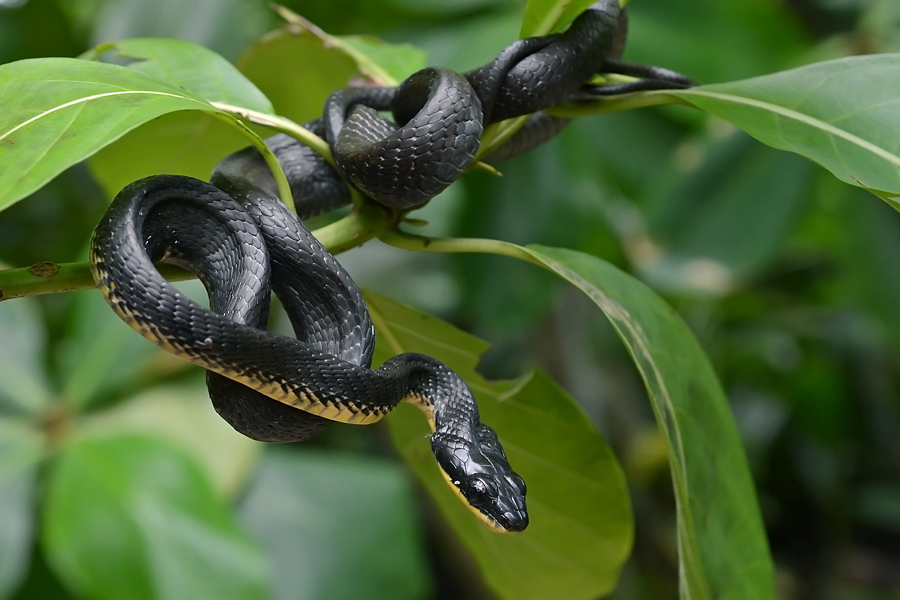
One of the most fascinating questions in evolutionary biology is why snakes lost their limbs in the first place. The answer lies in the incredible advantages that a limbless body provided in specific environments and hunting situations.
As these ancient reptiles began exploiting new ecological niches, particularly underground burrows and tight spaces between rocks, having legs became more of a hindrance than a help. A long, flexible body could navigate through narrow tunnels and crevices that would be impossible for a four-legged creature to access.
This adaptation opened up entirely new food sources and hiding places, giving limbless reptiles a significant survival advantage over their legged competitors. Think of it like nature’s version of specialized tools – sometimes a screwdriver works better than a hammer, depending on the job.
Fossil Evidence: Windows Into the Past
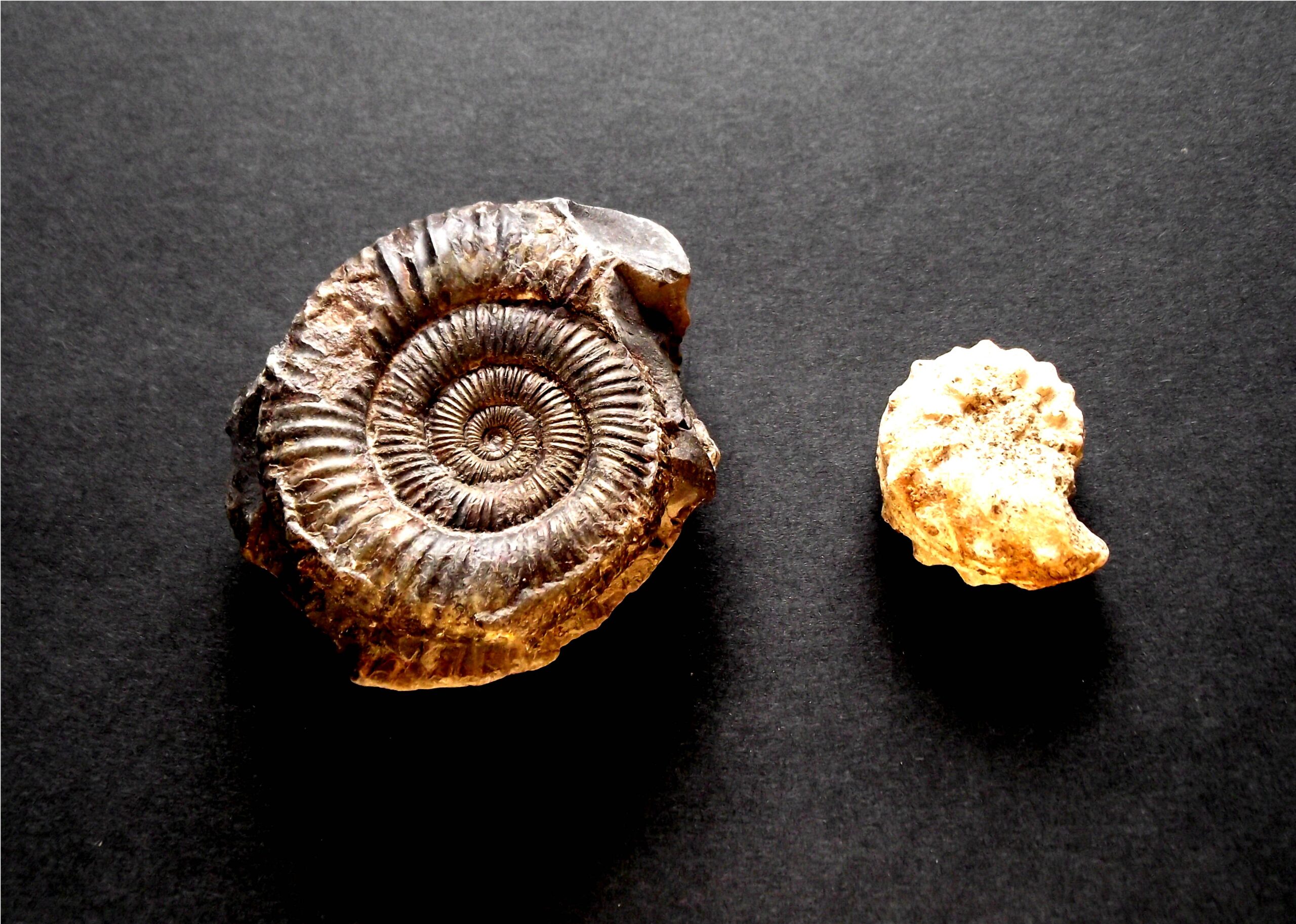
The fossil record provides stunning evidence of snake evolution, with discoveries that continue to reshape our understanding of this remarkable transformation. One of the most important finds is Najash rionegrina, a 95-million-year-old snake fossil discovered in Argentina that still possessed functional hind limbs.
Another crucial discovery is Pachyrhachis problematicus, found in the Middle East, which shows a snake with well-developed hind limbs but no trace of front legs. These fossils demonstrate that limb loss didn’t happen all at once – it was a gradual process that occurred over millions of years.
Even more recently, scientists have uncovered Tetrapodophis amplectus, a fossil that appears to show a snake with four tiny legs, though some researchers debate whether this creature was truly a snake ancestor or a different type of reptile entirely.
The Genetics Behind the Transformation

Modern genetic research has unlocked the molecular secrets behind snake evolution, revealing the specific genes responsible for limb development and loss. The key players in this evolutionary drama are called Hox genes, which control body plan development in all animals.
Scientists have discovered that snakes possess mutations in several Hox genes that normally control limb development, effectively “turning off” the genetic switches that would otherwise produce legs. This genetic rewiring didn’t just eliminate limbs – it also dramatically increased the number of vertebrae in the snake spine, sometimes reaching over 400 individual bones.
What’s truly remarkable is that researchers have been able to trace these genetic changes back through evolutionary time, creating a molecular timeline of how and when these crucial mutations occurred.
Skull and Jaw Evolution: The Feeding Revolution
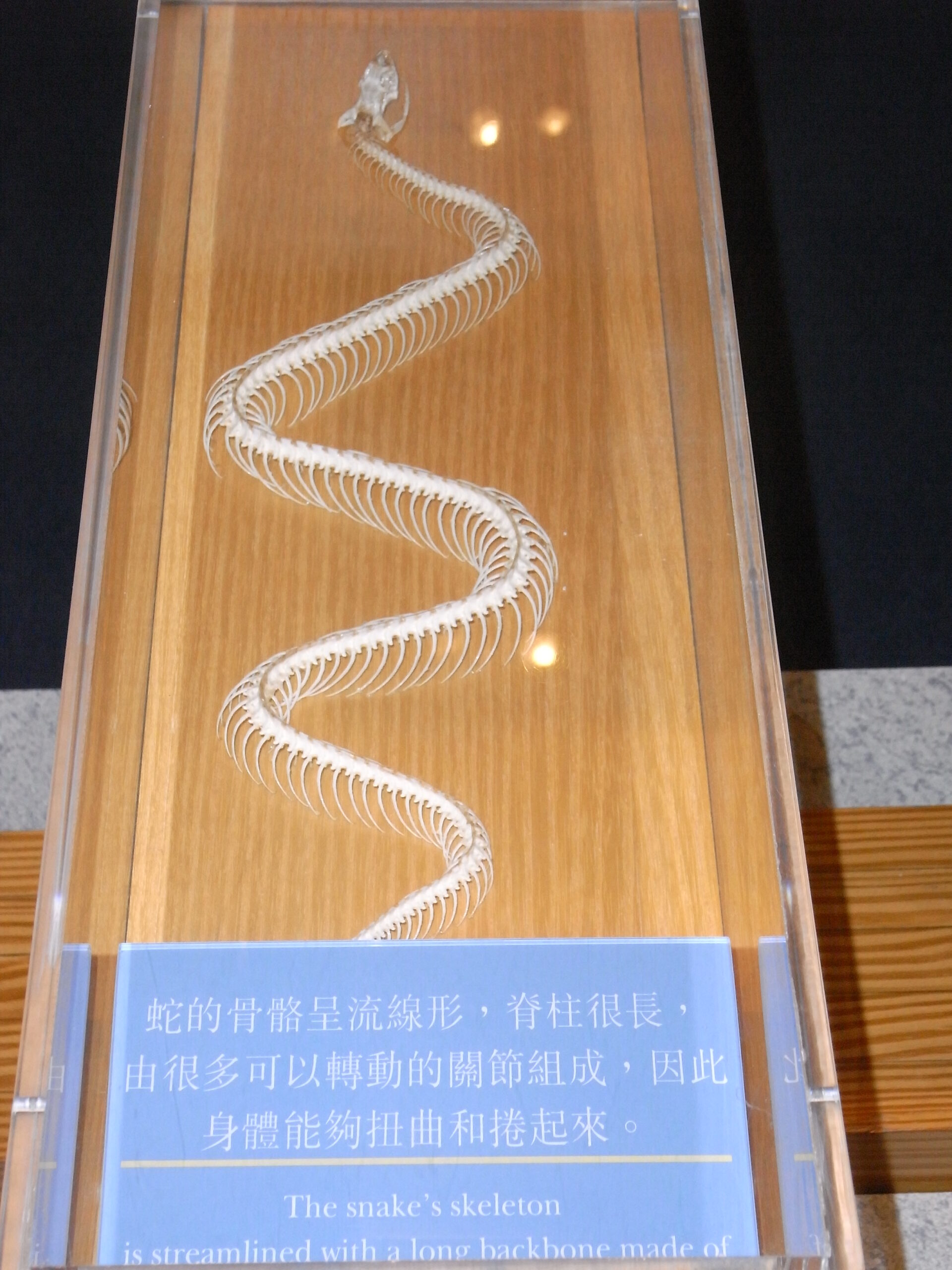
While losing their limbs, snakes also underwent incredible changes in their skull structure that revolutionized how they capture and consume prey. The snake skull became highly flexible, with loosely connected bones that can separate to allow the consumption of prey much larger than the snake’s head.
This jaw evolution was crucial because limbless hunters needed new strategies for subduing prey without the help of claws or legs. The development of flexible skulls, combined with backward-curving teeth, created a feeding mechanism that could handle prey items that would be impossible for other reptiles to consume.
Some ancient snake fossils show intermediate stages of this skull evolution, with partial flexibility that gradually increased over millions of years until reaching the extreme adaptability we see in modern pythons and boas.
Sensory Adaptations: New Ways to Navigate the World

As snakes evolved from their lizard ancestors, they developed extraordinary sensory abilities that compensated for their new body plan. The most famous of these adaptations is the forked tongue, which works in conjunction with a special organ called the Jacobson’s organ to “taste” chemical signals in the environment.
Many snake species also evolved heat-sensing abilities through specialized organs called pit organs, allowing them to detect warm-blooded prey even in complete darkness. This thermal vision gives certain snakes a hunting advantage that their ancient ancestors never possessed.
The loss of external ears during evolution led to the development of enhanced vibration detection through the jaw and skull bones, enabling snakes to sense ground vibrations from approaching prey or predators with incredible precision.
Environmental Pressures: The Driving Forces

The evolution of snakes was driven by specific environmental pressures that made limbless locomotion advantageous. During the Cretaceous period, changing climates and ecosystems created new opportunities for reptiles that could exploit previously inaccessible habitats.
Underground environments, dense vegetation, and aquatic habitats all favored reptiles with elongated, flexible bodies over those with traditional limbs. These ecological niches provided abundant food sources and protection from predators for early snake ancestors.
Competition with other reptiles also played a role, as limbless species could occupy spaces and pursue prey that were unavailable to their four-legged competitors, reducing direct competition and increasing survival rates.
The Role of Marine Environments

Recent research suggests that some early snake evolution may have occurred in marine environments, with several ancient snake species showing adaptations for aquatic life. These marine snakes possessed paddle-like tails and other features that indicate a semi-aquatic lifestyle.
The discovery of marine snake fossils has led some scientists to propose that the ocean environment may have been crucial in driving certain evolutionary changes, particularly the development of the flexible spine and specialized swimming techniques that later proved useful on land.
This aquatic phase of snake evolution helps explain some of the unique features we see in modern snakes, such as their ability to swim efficiently and their specialized breathing adaptations that allow them to remain underwater for extended periods.
Diversification: The Snake Explosion

Once the basic snake body plan was established, these remarkable reptiles underwent rapid diversification, spreading across the globe and adapting to virtually every habitat on Earth. From tiny thread snakes no thicker than a pencil to massive reticulated pythons over 30 feet long, snakes evolved into an incredible variety of forms.
This diversification was driven by the snake’s fundamental body plan, which proved to be extraordinarily versatile. The same basic limbless design could be modified for burrowing, climbing, swimming, or ground-dwelling lifestyles through relatively minor adjustments in proportion and scale structure.
The evolution of venom in many snake lineages added another dimension to their success, allowing them to subdue prey quickly and efficiently without relying on constriction or size advantages.
Modern Snake Diversity: The End Result

Today’s snakes represent the culmination of this extraordinary evolutionary journey, with over 3,000 species worldwide displaying an incredible range of adaptations. From the heat-sensing abilities of pythons to the lightning-fast strike of vipers, modern snakes showcase the full potential of the limbless body plan.
Each major snake family tells a different chapter in the evolutionary story, with boas and pythons representing more primitive lineages that still retain some ancestral features, while advanced venomous snakes like cobras and vipers showcase the latest innovations in reptilian evolution.
The success of modern snakes in virtually every ecosystem on Earth demonstrates just how effective this evolutionary transformation has been, turning what might seem like a limitation into one of nature’s most successful survival strategies.
Ongoing Research and New Discoveries
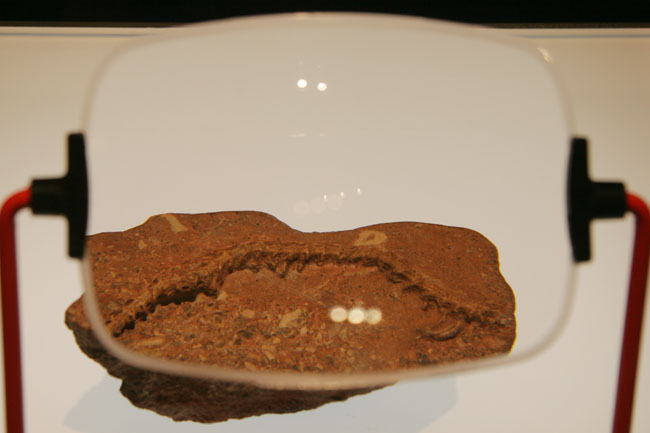
The field of snake evolution continues to evolve as rapidly as the creatures themselves, with new fossil discoveries and genetic research regularly challenging our understanding of how these remarkable reptiles came to be. Advanced DNA sequencing techniques are revealing previously unknown relationships between snake species and their ancient ancestors.
Recent discoveries in fossil-rich areas of South America, Africa, and Asia continue to fill in gaps in the evolutionary timeline, providing new insights into the timing and geographical spread of early snake evolution. Each new find adds another piece to the puzzle of how limbless reptiles conquered the world.
Cutting-edge research using CT scanning and 3D modeling of ancient fossils is revealing details about soft tissue structure and behavior that were previously impossible to study, giving us an increasingly clear picture of what these transitional species looked like and how they lived.
Evolutionary Lessons and Implications
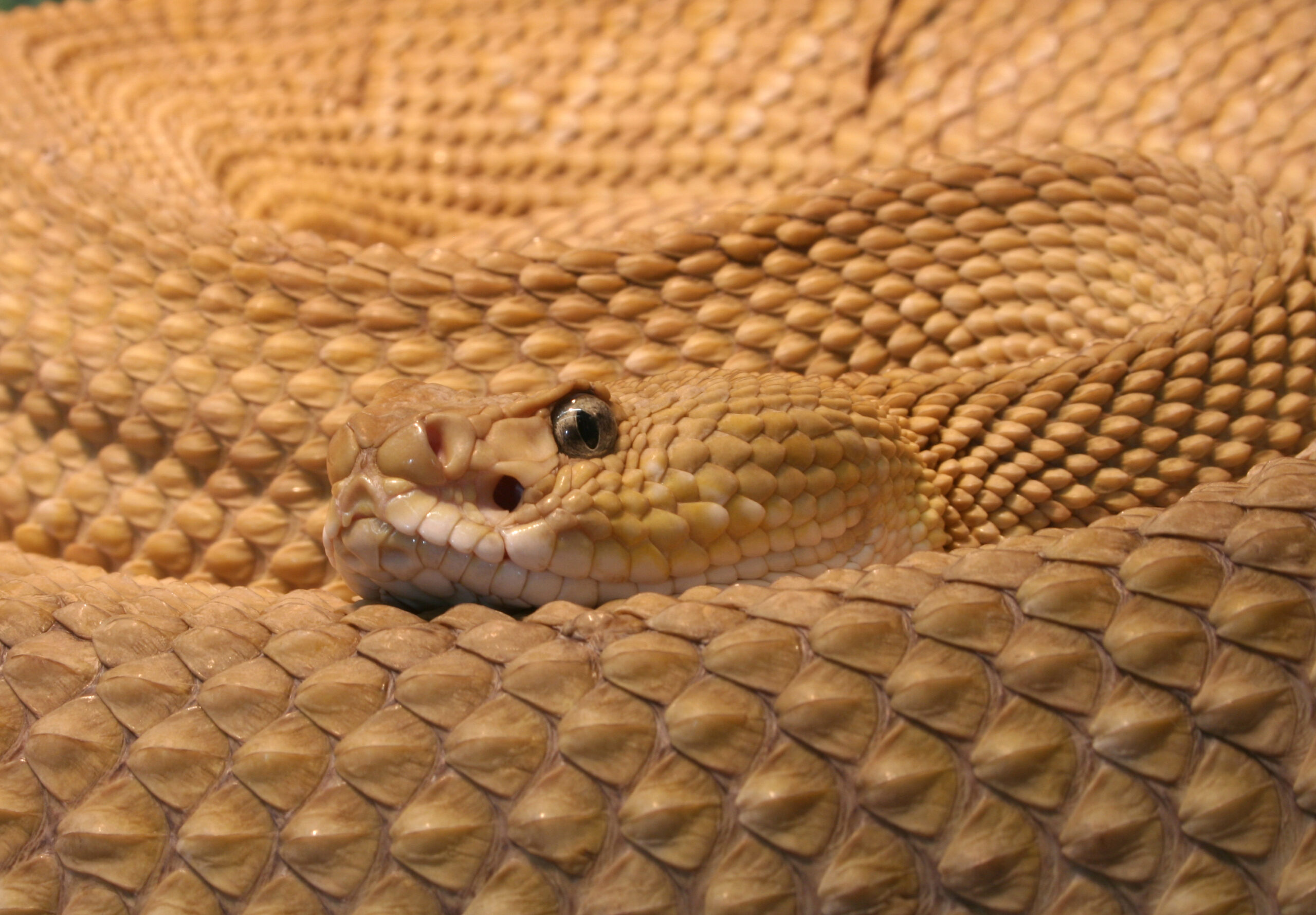
The evolution of snakes offers profound lessons about the power of natural selection and the unexpected directions that evolution can take. What appears to be a loss – the elimination of limbs – actually represents one of evolution’s most successful innovations, demonstrating that sometimes less truly is more.
This evolutionary story also highlights the importance of environmental pressures in shaping life forms, showing how changing habitats and ecological opportunities can drive dramatic anatomical changes over millions of years. The snake’s success story reminds us that evolution doesn’t always follow predictable paths.
Understanding snake evolution also provides insights into broader questions about vertebrate development and the genetic mechanisms that control body plan formation, contributing to our knowledge of evolutionary biology as a whole.
The Continuing Journey
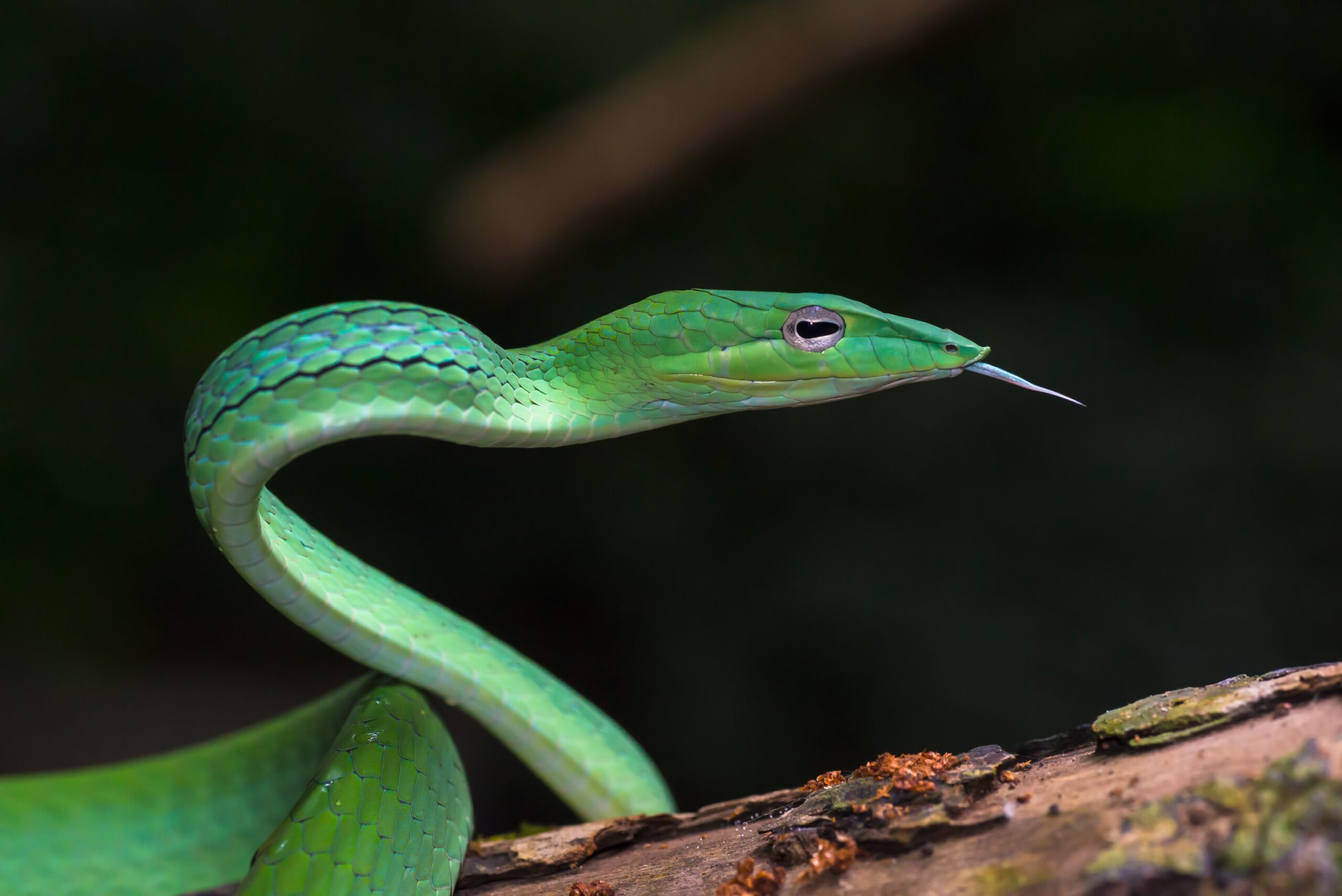
Snake evolution didn’t stop millions of years ago – it continues today as these remarkable reptiles adapt to changing environments and new challenges. Modern snakes are still evolving, developing resistance to diseases, adapting to climate change, and even showing behavioral changes in response to human activities.
Conservation efforts for endangered snake species are essentially protecting millions of years of evolutionary innovation, preserving the genetic diversity that represents countless generations of successful adaptation. Each species lost to extinction takes with it a unique evolutionary solution to life’s challenges.
The story of snake evolution from ancient reptiles represents one of nature’s most remarkable transformation stories, a testament to the incredible adaptability of life on Earth. From four-legged lizards to limbless predators, this evolutionary journey shows us that sometimes the most dramatic changes lead to the greatest success. What other seemingly impossible transformations might be unfolding in the natural world right now?



